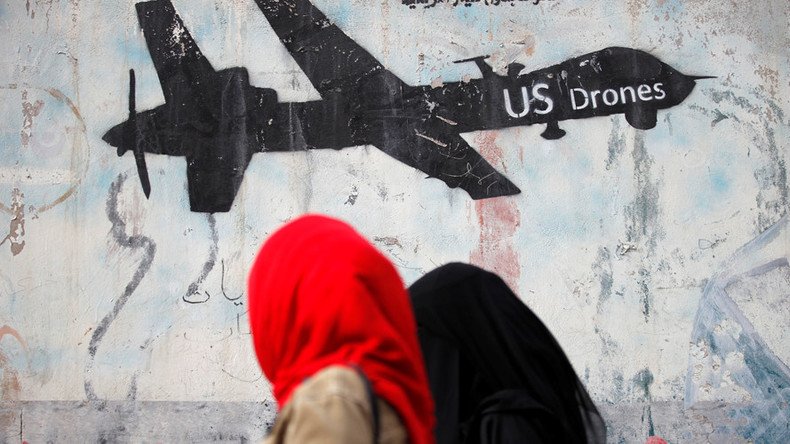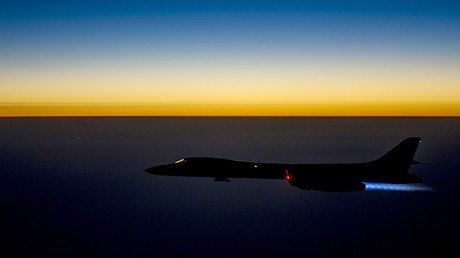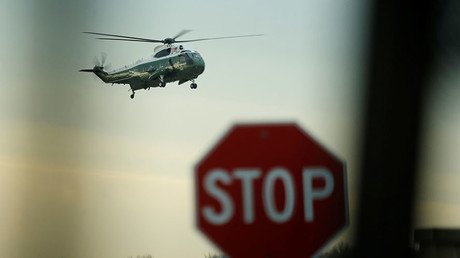Pentagon wants looser rules on using force in ‘temporary areas of active hostility’ – report

The White House is reportedly mulling over a Pentagon proposal to designate undeclared battlefields across the world as “temporary areas of active hostility,” granting military top brass the same carte blanche they enjoy in Iraq, Afghanistan and Syria.
If approved, the measure would give military commanders as much scope to launch airstrikes, raids and campaigns against enemy forces for up to six months as they already possess in Iraq, Afghanistan and Syria, the Guardian reported, citing a US administration official familiar with the situation.
The proposal would reportedly dismantle the existing scheme for launching lethal assaults like drone strikes, used in countries such as Pakistan, Yemen and Afghanistan.
Under the current procedure, set up by the Obama administration, the president and his counter-terrorism adviser at the National Security Council play a major role in greenlighting US strikes on suspected terrorists on undeclared battlefields abroad.
The Pentagon’s new proposal would extend that authority down to military commanders, an administration official told the Guardian.
It’s currently unclear how many countries would be designated “temporary zones of active hostility.”
The proposal would allegedly further lower the threshold for ensuring the safety of “non-combatants” in such assaults from “near certainty” that civilians would not be hurt to “reasonable certainty.”
“Near certainty” reassurances are currently required under the Obama administration-era Presidential Policy Guidance (PPG), released by the US government in August last year in response to a court order filed by the American Civil Liberties Union (ACLU). The paper details the decision-making process for killing or capturing people, the “strike and surveillance” assets to be used, and specific anti-terrorist objectives to be achieved.
The playbook never mentions the term “civilian,” however, rather a “non-combatant,” which makes some civilians “targetable in the exercise of national self-defense.”
“The PPG provides crucial information about policies that have resulted in the deaths of thousands of people, including hundreds of non-combatants, and about the bureaucracy that the Obama administration has constructed to oversee and implement those policies,” Jameel Jaffer, the ACLU’s deputy legal director, said in a statement following the document’s disclosure.
Mary Ellen O’Connell, an international law professor at the University of Notre Dame, told the Guardian that the new proposal neglects the War Powers Resolution, a 1973 law that permits presidents to launch military hostilities for 60 days without Congressional authorization.
“It’s completely disregarding the War Powers Resolution,” O’Connell said.
“This takes [President] Trump out of approving [operations] mission by mission,” she added, adding that temporarily designating a battlefield to be an “active combat zone” carried a number of second-order effects for American troops operating there, ranging from expanding authorities to capture detainees to creating combat-pay claims for service members.














